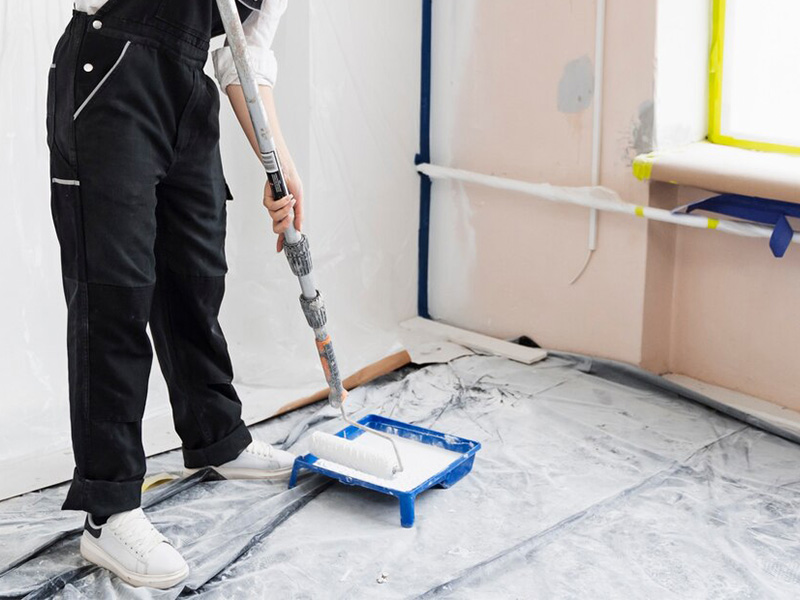Architectural coatings have become an indispensable element in shaping the visual and functional aspects of modern architecture. These coatings not only protect buildings from environmental wear and tear but also enhance their aesthetic appeal, contributing to the overall urban landscape. Let's delve into the myriad ways architectural coatings bring beauty and functionality to our built environment.
Enhancing Aesthetic Appeal
Architectural coatings are available in a vast array of colors, textures, and finishes, enabling architects and designers to express creativity and bring unique visions to life. From sleek, modern glass coatings that reflect light and create a sense of openness to warm, inviting exterior paints that blend seamlessly with natural surroundings, coatings play a pivotal role in defining a building's character.
Protecting Structures
Beyond aesthetics, architectural coatings serve a crucial protective function. They shield buildings from the harmful effects of UV rays, weather, pollution, and other environmental factors. High-performance coatings, such as those formulated with advanced resins and pigments, offer superior durability and weather resistance, ensuring that buildings retain their original beauty and structural integrity over time.
Improving Energy Efficiency
Modern architectural coatings often incorporate innovative technologies that enhance a building's energy efficiency. For instance, cool roof coatings reflect solar radiation and reduce heat absorption, helping to lower cooling costs. Similarly, advanced wall coatings can improve insulation and reduce heat loss, contributing to lower heating bills. These coatings not only save energy but also contribute to a smaller carbon footprint, aligning with the growing trend of sustainable design.
Creating Functional Spaces
Architectural coatings can also be tailored to meet specific functional needs. Anti-graffiti coatings, for example, protect surfaces from vandalism and make cleanup easier. Self-cleaning coatings utilize photocatalytic properties to break down dirt and pollutants, reducing maintenance requirements. Additionally, coatings can be formulated to provide fire resistance, soundproofing, or even antimicrobial protection, creating safer and more comfortable living and working environments.
Reflecting Cultural Identity
Architectural coatings can also serve as a means of expressing cultural identity and heritage. Traditional materials and techniques, such as lime-based paints or earthen plasters, are often used in restoration projects to preserve the architectural heritage of historic buildings. These coatings not only authenticate the building's age and origin but also contribute to its ongoing preservation and appreciation.
Innovating for the Future
As technology advances, so do the possibilities for architectural coatings. Smart coatings, for instance, can change color in response to temperature or light, adding dynamic elements to building designs. Self-healing coatings automatically repair cracks and scratches, extending the lifespan of the coating and reducing maintenance costs. These innovations continue to push the boundaries of what's possible, transforming architecture in exciting new directions.
In conclusion, architectural coatings are not just about painting walls; they are a fundamental aspect of shaping modern architecture. They enhance aesthetic appeal, protect structures, improve energy efficiency, create functional spaces, reflect cultural identity, and innovate for the future. As we continue to explore and innovate within this field, the beauty and functionality of our built environment will undoubtedly continue to evolve and improve.




